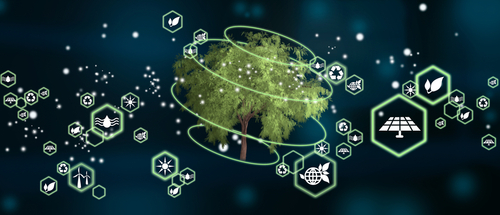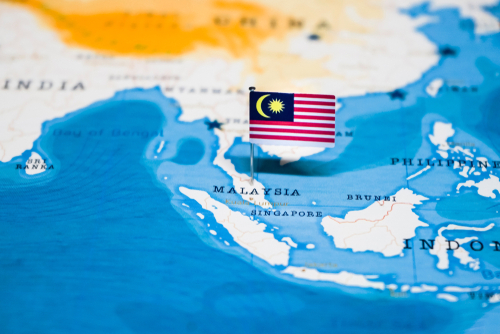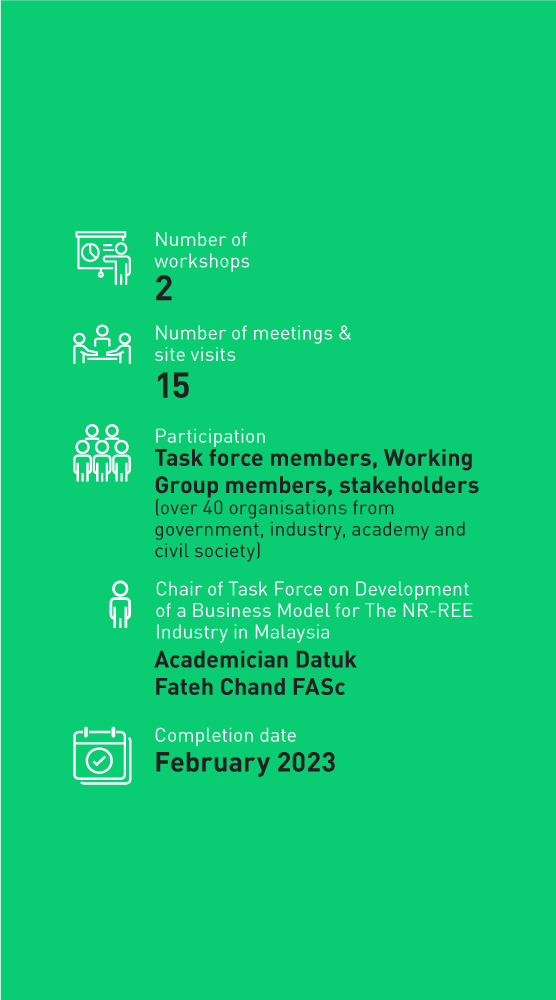
Precision Biodiversity: Digitalisation & IoT Programme
April 27, 2023
10-10 Malaysian Science, Technology, Innovation and Economy (MYSTIE) Framework
April 27, 2023 Rare Earth Elements (REE) are gaining attention in the global market due to its criticality in many high-technology applications. Market value of Rare Earths (RE) reached USD13.2 billion in 2019, estimated to reach USD19.8 billion by 2026. This excludes the value of downstream manufactured products.
Rare Earth Elements (REE) are gaining attention in the global market due to its criticality in many high-technology applications. Market value of Rare Earths (RE) reached USD13.2 billion in 2019, estimated to reach USD19.8 billion by 2026. This excludes the value of downstream manufactured products.
Preliminary estimation of NR-REE resources value in Malaysia is around USD182 billion. Kerangka Pelan Transformasi Industri Mineral Negara 2021-2030 has recognised REE as a national strategic commodity.
In materialising the potential of NR-REE industry in Malaysia, KeTSA entrusted ASM as strategic partner to undertake a Study on Developing a Business Model for the NR-REE Industry in Malaysia. The study commenced in August 2022 and is expected to complete by February 2023.
The study aims to propose a Business Model to develop the NR-REE industry in Malaysia, focusing on the state of Perak. The business model will be a guide to ministries, agencies, industry players and other relevant stakeholders to fast track the development of NR-REE industry.
Site visits have been carried out to pilot project plants: Lynas Advanced Material Plant, Pusat Alam UMP and Pejabat Tanah dan Galian Perak. Focus group discussions with government agencies and industry players were carried out to collect inputs.
Ion Adsorption Clay Rare Earths Elements (IAC-REE) deposits is unique that the rare earths occur in the elemental form in the clay, in contrast to the other forms of rare earth deposits where the rare earths occur in the mineral form. The IAC-REE mineralisation is supergene in nature and occurs most commonly in weathering profiles developed in granitic rocks occuring in hot humid climatic regions. The elements, which consist predominantly of the more valuable heavy rare earth elements (HREE) can be easily eluted from the clay using the in-situ leaching (ISL) method.
The ISL method pumps a lixiviant into the ground to extract the REE and the pregnant solution is collected at the bottom of the soil horizon. This method of mining requires less topsoil removal, the vegetation remains intact and relatively smaller land areas are in use at any one time.
